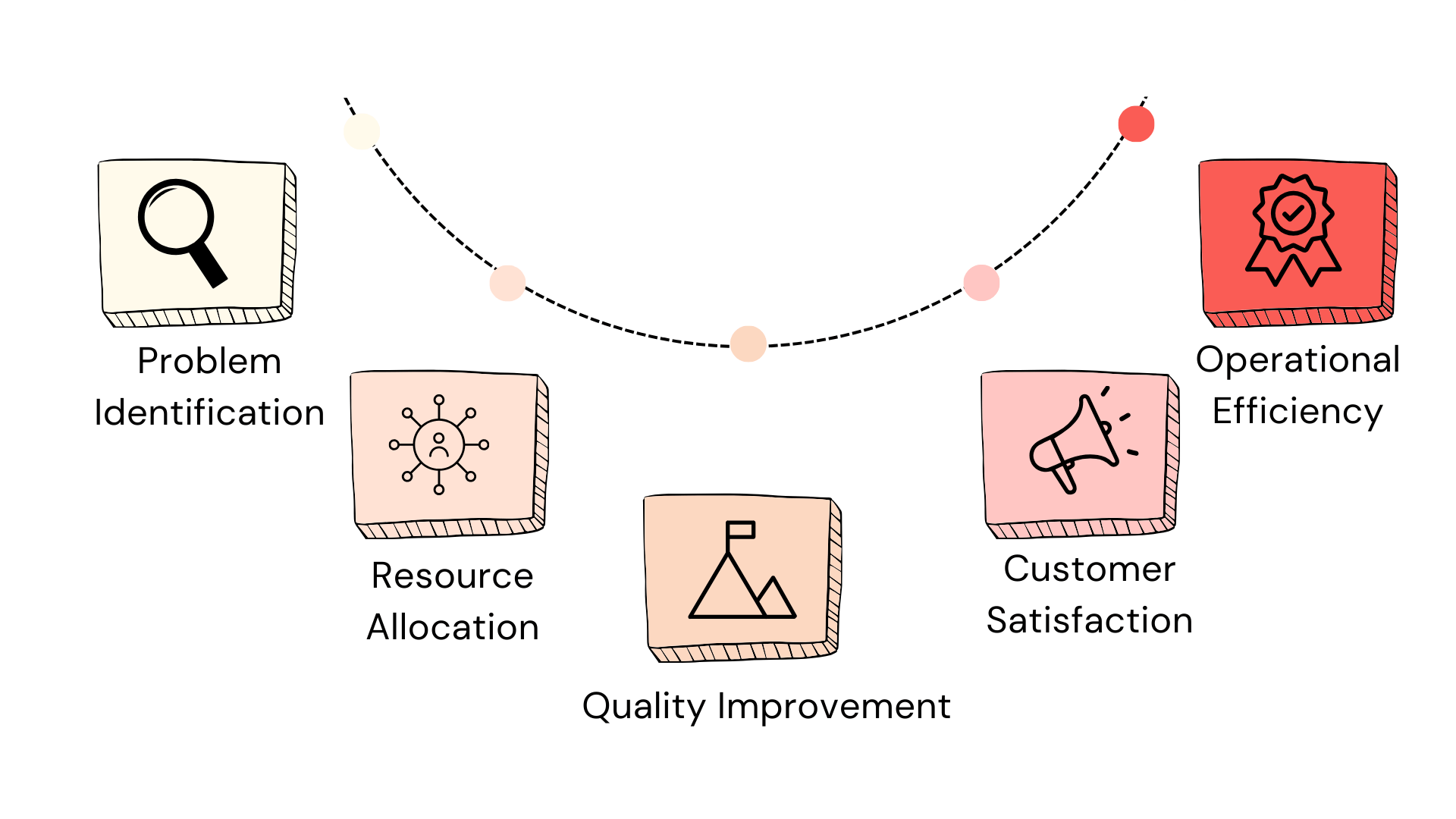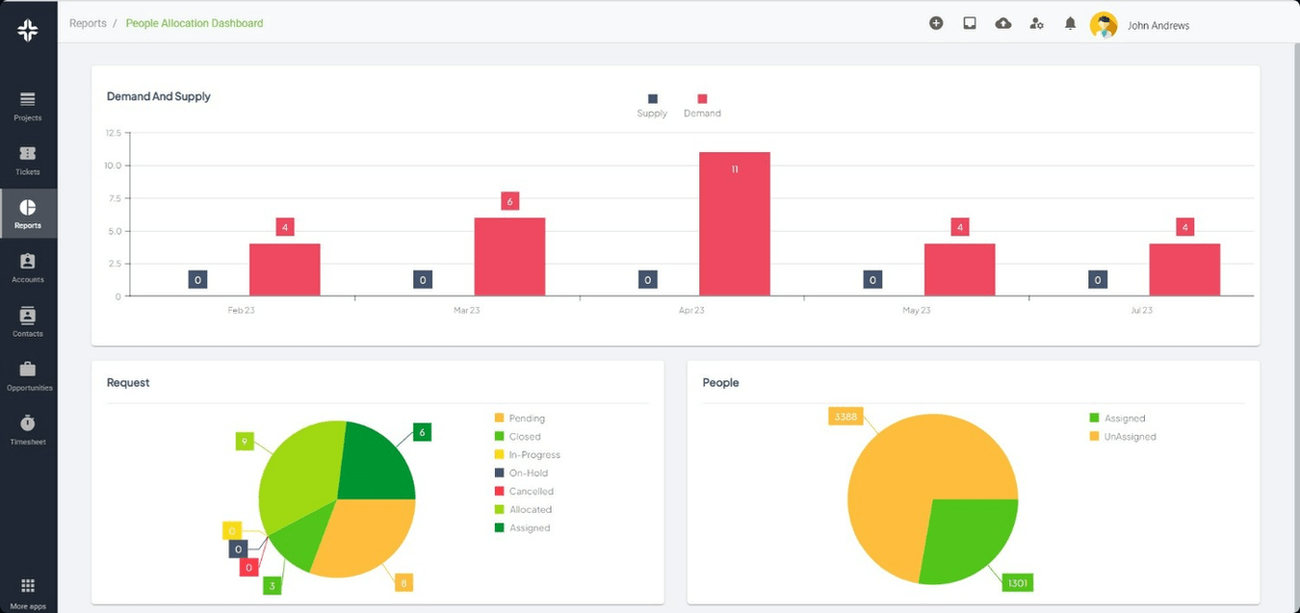Home » PSApedia
Issue Category Distribution
Analyze Issue Category Distribution for Informed Decision-Making.

What is Issue Category Distribution?
Issue Category Distribution (ICD) is a metric used in Professional Service Automation (PSA) to categorize and quantify the different types of issues or challenges faced by a service organization.
By breaking down issues into categories, businesses can gain insights into recurring problems, allocate resources more efficiently, and improve overall service delivery.
Importance of Issue Category Distribution
Understanding the distribution of issues is crucial for several reasons:
1. Resource Allocation: By identifying which categories are most prevalent, organizations can allocate resources more effectively.
2. Performance Analysis: ICD helps in identifying weak points in the service delivery process.
3. Customer Satisfaction: Addressing the most common issues can lead to improved customer satisfaction.
4. Operational Efficiency: Streamlining processes to address prevalent issues can lead to increased efficiency.
For instance, a deep dive into resource allocation and forecasting can provide insights into how resources are currently being used and where they might be better utilized.

Importance of Issue Category Distribution
Calculating Issue Category Distribution
Formula:
Issue Category Percentage (ICP) = (Number of issues in a category / Total number of issues) × 100
Example:
Let’s say a company has the following issue breakdown over a month:
- Technical Issues: 50
- Billing Issues: 30
- General Queries: 20
- Total Issues = 100
ICP for Technical Issues = (50/100) x 100 = 50%
By calculating the ICP for each category, businesses can prioritize and address the most pressing issues.
Issue Category Distribution vs Other Metrics
While ICD provides insights into the types of issues faced, other metrics in PSA offer different perspectives:
1. Ticket Volume: Measures the total number of tickets or issues raised.
2. Resolution Time: The average time taken to resolve an issue.
3. Customer Satisfaction Score: A measure of customer contentment post-issue resolution.
For instance, while ICD might show a high percentage of technical issues, the ticket management software can provide insights into the volume and resolution time for these issues.
| Metric | Description | Key Insights |
|---|---|---|
| Issue Category Distribution | Analysis of the types of issues or problems encountered in professional service delivery. | Helps identify areas of improvement and potential bottlenecks in service processes. |
| Customer Satisfaction | Measurement of client happiness and contentment with the service provided. | High satisfaction often correlates with a balanced issue category distribution. |
| Service Response Time | Time taken to respond to and resolve customer issues or requests. | Faster response times can positively impact issue distribution by preventing escalations. |
| Service Quality | Assessment of the overall quality of the professional services delivered. | Higher service quality can lead to a more favorable issue category distribution. |
Application of Issue Category Distribution
ICD is used in various ways:
1. Resource Redeployment: Resources can be shifted to address the most common issues.
2. Process Improvement: Processes can be refined to prevent recurring issues.
3. Feedback Loop: Insights from ICD can be fed back into product or service development to prevent future issues.
For instance, understanding resource management in PSA can help in better resource deployment based on ICD insights.
Ready to Optimize Your Issue Category Distribution?
KEBS, a leading PSA software, offers tools and features that can help businesses optimize their Issue Category Distribution. Provides real-time insights into issue categories, helping businesses react promptly.
Allows for dynamic resource allocation based on issue insights.

KEBS Resource Management
Ready to optimize your Issue Category Distribution? Contact us today or request a demo to see how KEBS can transform your service delivery.



